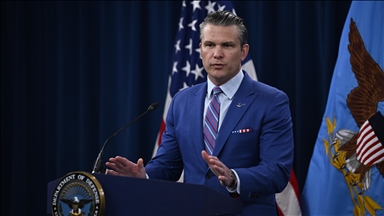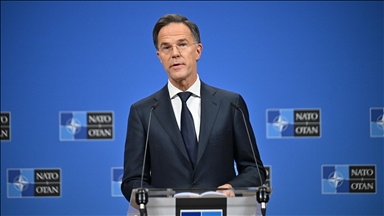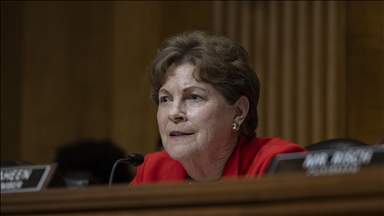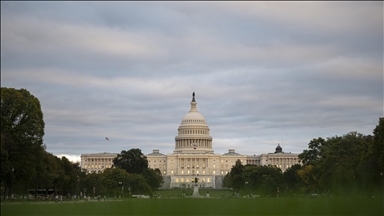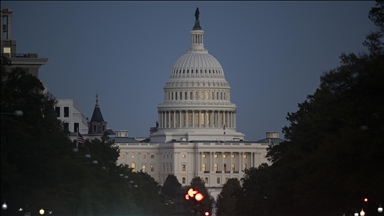EXPLAINER - What to know about the US government shutdown
Partisan deadlock deepens as the US government shutdown stretches into its fourth week with no deal in sight
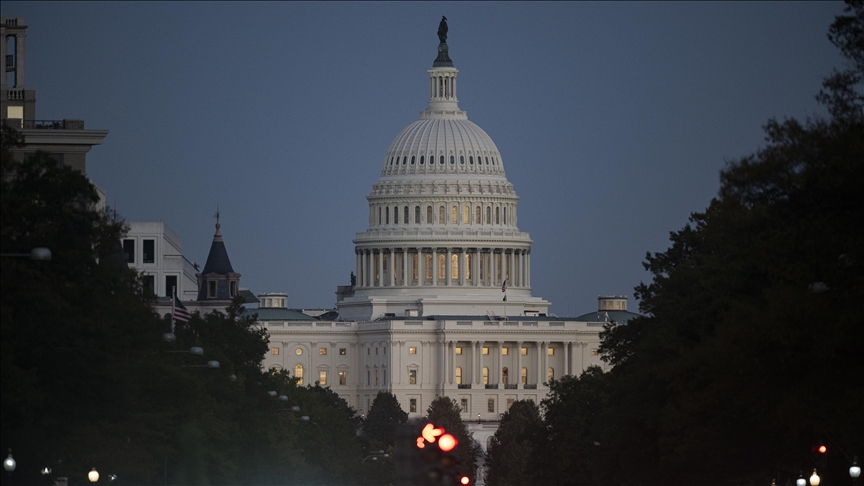
- Over 750,000 federal workers remain furloughed as Senate gridlock halts funding and stalls basic services
- Republicans push for a 'clean' stopgap bill, while Democrats demand health funding and limits on presidential powers
WASHINGTON
The US federal government shutdown has entered its fourth week with no resolution in sight after the Senate once again blocked a Republican-led proposal to extend government funding through Nov. 21.
The standoff has deepened partisan divisions in Washington, with President Donald Trump accusing top Democrats of putting political interests ahead of national needs, while Senate Minority Leader Chuck Schumer said it is the administration and Republican lawmakers who are refusing to engage in negotiations.
The economic toll is also growing. The Treasury estimates the shutdown could cost the US economy up to $15 billion per week in lost output. Hundreds of thousands of federal employees remain unpaid, and critical public services are operating with limited staff, affecting millions who rely on them.
The shutdown stems from a lapse in government funding after Congress failed to pass legislation to finance federal operations.
Such funding gaps temporarily halt nonessential government activities and typically end when lawmakers enact a continuing resolution — a stopgap measure that allows federal agencies to operate while a longer-term budget deal is negotiated.
- Congressional gridlock
For the past three weeks, senators have been voting on two competing resolutions, with neither able to make it past the 60-vote threshold, something that would require at least some degree of bipartisan cooperation.
Republicans are pushing for a “clean” continuing resolution that would maintain current funding levels through Nov. 21 without new provisions or policy riders.
Democrats, however, are insisting on more than $1 trillion in new healthcare spending, including the permanent extension of subsidies under the Affordable Care Act — Obamacare — and the reversal of recent Medicaid cuts.
Their proposal would also curb President Trump’s ability to freeze congressionally approved funds and restore federal support for public broadcasting.
Both parties agree on the need for increased security funding for lawmakers and judges following recent high-profile attacks, but Democrats have proposed nearly double the amount Republicans have offered. The impasse over these competing priorities has left the government paralyzed, with no clear path forward to ending the shutdown.
So far, Republicans and Democrats have been unable to reach a cross-aisle agreement on their respective legislation to fund government operations.
Although Republicans currently hold majorities in both chambers of Congress, they lack the required votes to pass their spending bill.
- Who is affected?
Over 750,000 federal employees have been furloughed and instructed to stay home from work.
Meanwhile, individuals deemed essential to public safety — like military personnel, law enforcement, border agents, and air traffic controllers — are required to keep working without immediate compensation.
Thousands of flights have been delayed or canceled due to a shortage of air traffic controllers, who are still required to work without pay during the shutdown.
To help pay military staff, the Trump administration has authorized the Pentagon to shift funds to ensure the Oct. 15 payroll was met for approximately 1.3 million active-duty service members, including National Guard and Reserve personnel on active duty.
Also noteworthy, members of Congress have continued to receive pay, a practice that has drawn criticism from some lawmakers and others.
Under US law, federal staff furloughed during a shutdown receive retroactive pay once the government is back open. But President Trump has cast doubt on whether all such workers would be eligible for back pay.
“I would say it depends on who we’re talking about,” Trump said. “I can tell you this. The Democrats have put a lot of people in great risk and jeopardy, but it really depends on who you’re talking about.”
The administration has also threatened to permanently fire thousands of government workers if Democrats continue do not pass the Republican-backed resolution.
While White House Budget Director Russell Vought has said that more than 10,000 federal workers could lose their jobs, a federal judge has ordered the administration to halt mass layoffs for now.
- When will the shutdown end?
There is still no clear timeline for ending the shutdown, as both parties remain firmly entrenched in their positions.
Democrats continue to insist that any agreement to reopen the government must include an extension of Affordable Care Act subsidies and the reversal of recent Medicaid cuts. Republicans, on the other hand, say they will not negotiate until Congress passes a “clean” continuing resolution to restore funding first.
So far, the Trump administration has shown little willingness to offer concessions, with the president repeatedly urging Democrats to approve a short-term funding bill without policy add-ons.
Most recently, Trump has ruled out meeting with Democratic leaders until the ongoing shutdown is resolved and the government is open.
Anadolu Agency website contains only a portion of the news stories offered to subscribers in the AA News Broadcasting System (HAS), and in summarized form. Please contact us for subscription options.


